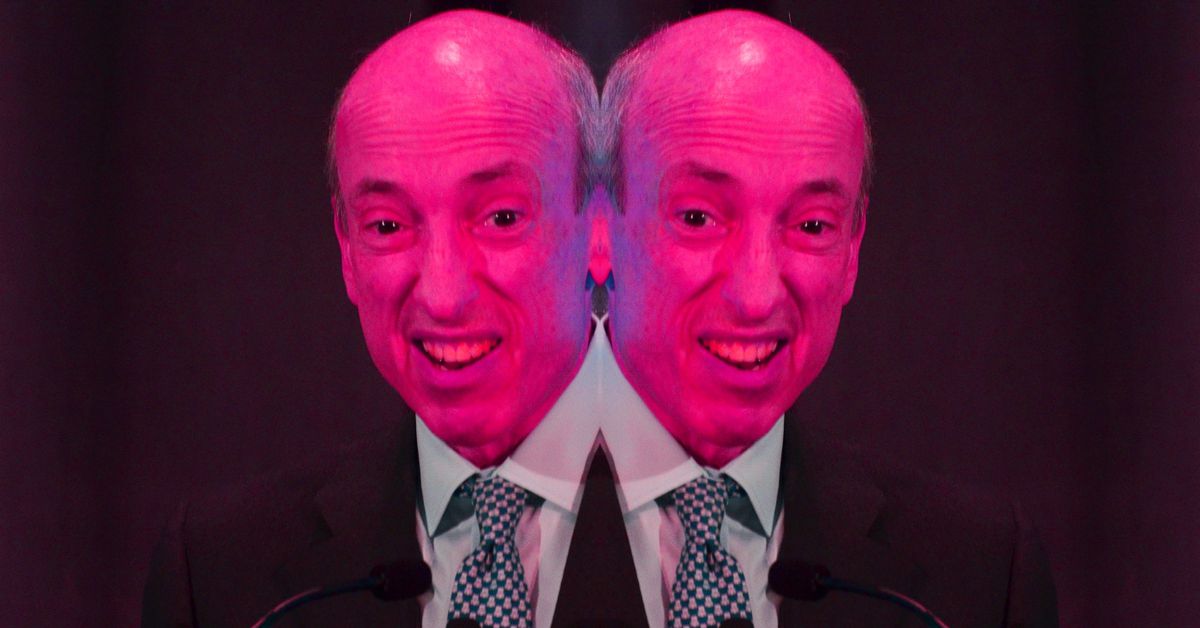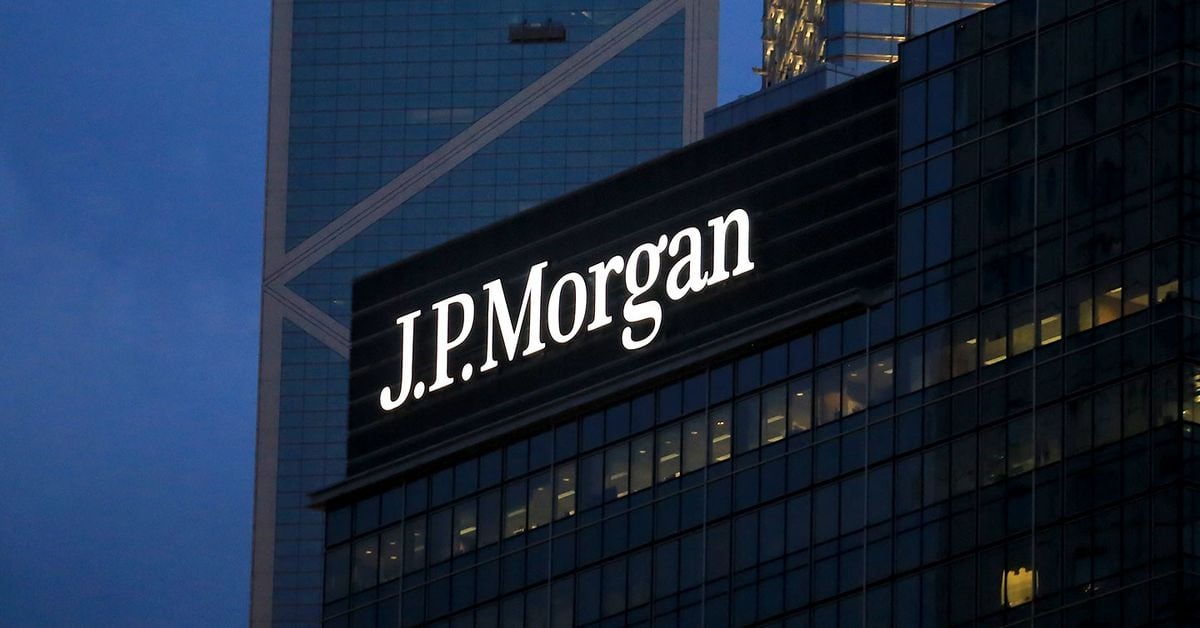Cryptocurrency industry, should it rebuild or retire in the wake of FTX’s collapse one year later?
Should the Cryptocurrency Industry Rebuild or Retire Following FTX's Collapse One Year Later?Source: Financial Times
Translated by: LianGuaiBitpushNews Mary Liu
Sam Bankman-Fried, the co-founder of FTX and a former influential figure in the crypto industry, was sentenced for fraud and money laundering in New York, and shortly after that, one of his key venture capital supporters shared their thoughts.
Alfred Lin, a partner at Sequoia Capital, said, “After FTX collapsed, we immediately conducted a thorough review of our due diligence process and evaluated our 18-month partnership with Sam Bankman-Fried.” “The conclusion we reached was that we were intentionally misled and deceived.”
- Battle of the Titans Binance with its profound internal strength vs OKX with its accumulated power and sudden burst, who will laugh proudly in the crypto world?
- Crypto Taxes: A Never-Ending Maze of Madness
- Welcome to the World of Crypto Taxes: Where the IRS is Cracking Down and Investors are Seeing Black and White Rules!
Crypto skeptics would argue that Lin is not the first person to be deceived. Since the birth of Bitcoin in 2009, the industry has always been associated with illegal transactions (such as the now-defunct Silk Road marketplace) or business failures (such as Mt. Gox in 2014), which at its peak handled nearly three-quarters of circulating bitcoins.
During SBF’s heyday, he was seen as the most likely path to respect in the industry. In addition to Sequoia Capital, FTX also had mainstream supporters such as Tiger Global, Singapore state-owned enterprise Temasek, and Ontario Teachers’ Pension Plan.
In Washington, SBF testified before congressional committees, supporting stronger regulation and becoming a major political donor.
In the Bahamas, where FTX is headquartered, Prime Minister Philip Davis supported the view of the company as a major acquisition as the Caribbean nation’s economy seeks its next growth driver.
Meanwhile, FTX secured celebrity endorsements and signed sponsorship agreements with Major League Baseball, the Miami Heat basketball team, and the International Cricket Council. It also filmed a Super Bowl ad with actor and producer Larry David.

However, on November 2nd, a 12-member jury in New York reached a unanimous decision in less than 5 hours, convicting SBF on seven charges.
Damian Williams, the U.S. attorney for the Southern District of New York, said, “SBF committed one of the largest financial frauds in U.S. history.” “This fraud, this corruption, has been going on for too long, and we can’t tolerate it anymore.”
As the former leader of the crypto industry considers the possibility of being sentenced to long-term imprisonment, the industry he supported may go one of two ways: either collectively restructure and attempt to be accepted by the mainstream financial world again, or revert to its long-standing image as a niche market for speculators, day traders, and those who believe that currency should be separate from the state.
For John Reed Stark, former head of the Internet Enforcement Office at the U.S. Securities and Exchange Commission (SEC), the trial verdict is the “death knell for cryptocurrency, Web 3, and blockchain.”

“This industry has reached its end,” he said. “If everything disappears tomorrow, it won’t affect anyone on Earth except speculators.”
But others believe that the industry can recover from the failure of the SBF trial and become part of mainstream finance.
Charles Storry, Growth Director at the cryptocurrency futures index platform Phuture, said, “The public image of cryptocurrency is at an all-time low, but the industry is not over yet.”
A shameful history
For more than a decade, SBF has disregarded traditional financial rules, causing dissatisfaction among regulatory agencies around the world and being accused of using cryptocurrencies to fund terrorism and nuclear proliferation. As a result, his career ended up in prison. Meanwhile, the carbon footprint generated by “mining” cryptographic assets such as Bitcoin is roughly equivalent to the area of Ukraine.
FTX went bankrupt in 2022, ending a crisis of trust that led to popular digital assets like Bitcoin and Ethereum losing more than half of their value. Other once-famous companies such as Terraform Labs and Three Arrows Capital also collapsed.
In response, lawmakers and regulatory agencies in multiple jurisdictions intensified their regulation of the industry in 2023, reaching unprecedented levels. U.S. regulators launched a series of enforcement actions and lawsuits against some of the largest remaining cryptocurrency companies. These include U.S. publicly traded company Coinbase (which faces SEC lawsuits for alleged securities law violations) and Binance, a major competitor to FTX and the world’s largest cryptocurrency exchange.
The Commodity Futures Trading Commission (CFTC) sued Binance in March, accusing it of illegally accessing U.S. customers and knowingly facilitating potential illegal activities.

Three months later, the SEC filed a lawsuit against Binance, alleging that it commingled customer cash with a separate trading firm owned by its CEO, Zhao Changpeng. Both Binance and Coinbase have denied these allegations and stated that they will address their respective lawsuits.
After the violence on October 7th, Israeli law enforcement authorities shut down over 100 Binance accounts and identified about 150 cryptocurrency donation programs related to Hamas, triggering new accusations of connections between the industry and terrorist funding, and sparking new calls for crackdowns.
Charley Cooper, former chief of staff at the U.S. Commodity Futures Trading Commission (CFTC), said, “The negative news in this industry has been increasing since the failures of Mt. Gox and the controversies surrounding Silk Road. Throughout its history, its scandals seem to be more numerous than any other industry – its market share is much larger.”
Cooper added, “Most doctors do not defraud the healthcare system, most lawyers do not violate court ethics. The guys on Wall Street, you can say they are greedy, but they are not breaking the law.”
Yesha Yadav, law professor at Vanderbilt Law School, described Bankman-Fried’s conviction as “a pivotal moment for the broader cryptocurrency industry.” “The jury’s resolute conclusion does indeed highlight how far and how deep a key figure in this industry has fallen… It’s hard to imagine a greater blow to reputation.”
Workers in the industry are concerned that their career prospects may be harmed as a result. One professional who contacted the Financial Times said he was “a little worried about how traditional industries view their relationship with cryptocurrencies.”
He suffered losses at FTX and at another cryptocurrency company called Voyager, which closed last year. “This experience has made me more conservative,” he added.
Cryptocurrency Transparency
In November last year, after FTX filed for bankruptcy, industry leaders called for a renewed focus on transparency.
Changpeng Zhao said, “All cryptocurrency exchanges” should provide proof of reserves and commit to being “fully transparent” in their operations. Days later, rival exchange OKX announced that it would launch the first-ever proof of reserves, “setting a new standard for transparency, risk management, and user protection.”
However, according to industry data provider CCData, currently only about a third of cryptocurrency exchanges offer proof of reserves or alternative solutions, such as regular audited financial statements.

Exchanges that provide some form of financial transparency to their customers account for about 81% of the market, but this is down from 86% in March and is roughly on par with the levels seen when FTX went bankrupt in November 2022.
Jacob Joseph, a research analyst at CCData, said this indicates that “compared to the initial months after the collapse of FTX, users’ discernment of proof of reserves may have become less acute.”
James Newman, Co-Managing Director of perfORM Due Diligence Services Limited, said the largest and most influential exchanges “have taken steps to increase transparency in their holdings.”
“However, progress has been slow in adopting reserves proof,” he added, suggesting that this “may be a sign that individual funds held by exchanges continue to dominate, with no unified voice.”
Retail traders – individuals who trade for themselves – have played a significant role in the industry’s growth. But many believe it now needs to expand its appeal. “The survival of cryptocurrencies depends on external support and trust from other industries,” Storry said. “Retail investors have already come on board, but we now need institutional support to take this industry to a new level.”
There are signs that this is happening. This summer, payment giant LianGuaiyLianGuail became the first major financial institution to launch a US dollar-backed cryptocurrency token. The company has been offering trading of the world’s most popular cryptocurrencies since 2020, but the launch of stablecoins, an asset class whose value is pegged to a more recognized asset (typically a traditional currency), has injected new life into the struggling crypto industry.
The hopes of obtaining institutional support rest on the world’s largest asset management company, BlackRock, which has applied to the SEC to launch a spot Bitcoin ETF, allowing investors to speculate on Bitcoin in regulated financial instruments operated by well-known brands.
Last month, as speculation grew that BlackRock’s application may be approved, the price of Bitcoin skyrocketed to $35,000, erasing all losses since the crypto market crisis began in May 2022.
Ilan Solot, Co-Managing Director of digital asset financing service company Marex, said, “There are signs of entry into this industry if you know where to look: we are talking about BlackRock launching a Bitcoin ETF, and LianGuaiyLianGuail launching a stablecoin pegged to the US dollar.”
But it’s not a guarantee. The SEC, led by Chairman Gary Gensler, has so far denied approval for any such applications and may never give the green light for Bitcoin to enter the mainstream market for BlackRock or any other candidates.
Legislators have also become more cautious. Last month, Senator Cynthia Lummis and Representative French Hill urged the Justice Department to consider criminal charges against Binance and Tether, the largest stablecoin issuer, respectively.
After the Hamas attacks on Israel, over 100 lawmakers from both major US parties signed a letter urging the Biden administration to outline the measures being taken to reduce the use of cryptocurrencies as a means of funding terrorism.
A cryptocurrency industry lobbyist in Washington, D.C. said, “Passing legislation in the United States will become even more difficult, and Congress’s attitude will be even colder.” Whether Coinbase and Binance will be willing – or even able – to lobby regulatory agencies and politicians like FTX remains to be seen by 2024.
Back to first principles
Former SEC commissioner Reed Stark believes, “All these cryptocurrency players now desperately need a Bitcoin ETF, but the reason they started a Bitcoin project is because they felt uneasy about the 2008 banking crisis. They are uneasy about the government being able to monitor their financial transactions.”
He added, “So what do they do? They hold on to the leg of the world’s largest financial services company because they have nothing else, it’s the ultimate hypocrisy and humbleness.”

However, despite many in the industry placing their hopes in the mainstream future, another faction wishes for cryptocurrency to return to its roots.
Erik Voorhees, founder of cryptocurrency platform ShapeShift and libertarian, issued a rallying cry last month to those still loyal to the original crypto cause.
He said, “Why should we accept a world where freedom to trade is only allowed under the conditions set by strangers? That’s not freedom. It’s submission, it’s serfdom, most of the time with the chains only lightly pressed down, but it shouldn’t make us forget that the chains exist.”
Voorhees and others are not diving headfirst into an increasingly hostile group of regulators and legislators but are pushing for the industry to return to its first principles: permissionless finance, an explicit rejection of the establishment, government oversight, and regulatory bodies unelected.
Writer, investor, and former Chief Technology Officer of Coinbase Balaji Srinivasan launched the Network State conference in Amsterdam last month, aiming to “build parallel institutions.”
Speakers at the conference included Vitalik Buterin and Anatoly Yakovenko, the thought leaders behind Ethereum and Solana, respectively, as well as the Winklevoss brothers, founders of the Gemini cryptocurrency exchange.
Srinivasan said, “This is a conference for everyone building parallel institutions. It’s not just parallel money. It’s parallel media, parallel education, parallel science, parallel building, even parallel cities.”
Retreating from a failed battle with lawmakers and regulators may seem tempting after the fallout from the SBF scandal, but such a decision could further dampen an already lukewarm market.
According to data shared by CCData, in early 2023, it would require purchasing over 1,400 BTC (approximately $23 million at the time) to make the token price increase by more than 1%.
However, by the end of April, only 462 BTC—worth around $13 million at the time—would be needed to achieve the same market trend. This is the lowest point in Bitcoin and Tether, the largest stablecoin in the world, market depth since the industry fell into chaos in May 2022.
Today’s data has improved, with retail momentum picking up and new funds flowing in. Currently, it would require 752 BTC (worth about $26 million) to drive the price of Bitcoin.
But that’s still not enough. Marex’s Solot said, “In my opinion, the market has already digested the negative impact of the guilty verdict against SBF. However, if it is proven to be a turning point where adoption in the crypto space slows down or even fails, the risk is that only internal funds will trade in the market, and it can be expected to continue to shrink… There will be no new capital, no growth.”
We will continue to update Blocking; if you have any questions or suggestions, please contact us!
Was this article helpful?
93 out of 132 found this helpful
Related articles
- IRS + DeFi A Match Made in Crypto Heaven – Why the IRS Should Offer a Free Tax Reporting Tool
- IRS, Brace Yourself for This Warning
- Starknet releases latest upgrade announcement, is STRK airdrop finally coming?
- Blockchain rewards are about to halve, is it still worth investing in Bitcoin miners?
- Nansen Founder 11 Bull Market Catalysts and 6 Bullish Trends
- PSE Trading A New Paradigm in Asset Issuance, Take Stock of the Bitcoin Metadata Protocol Worth Paying Attention To
- GameFi Public Chain Research (Part 2) Layer2 and Optimistic Tracks






